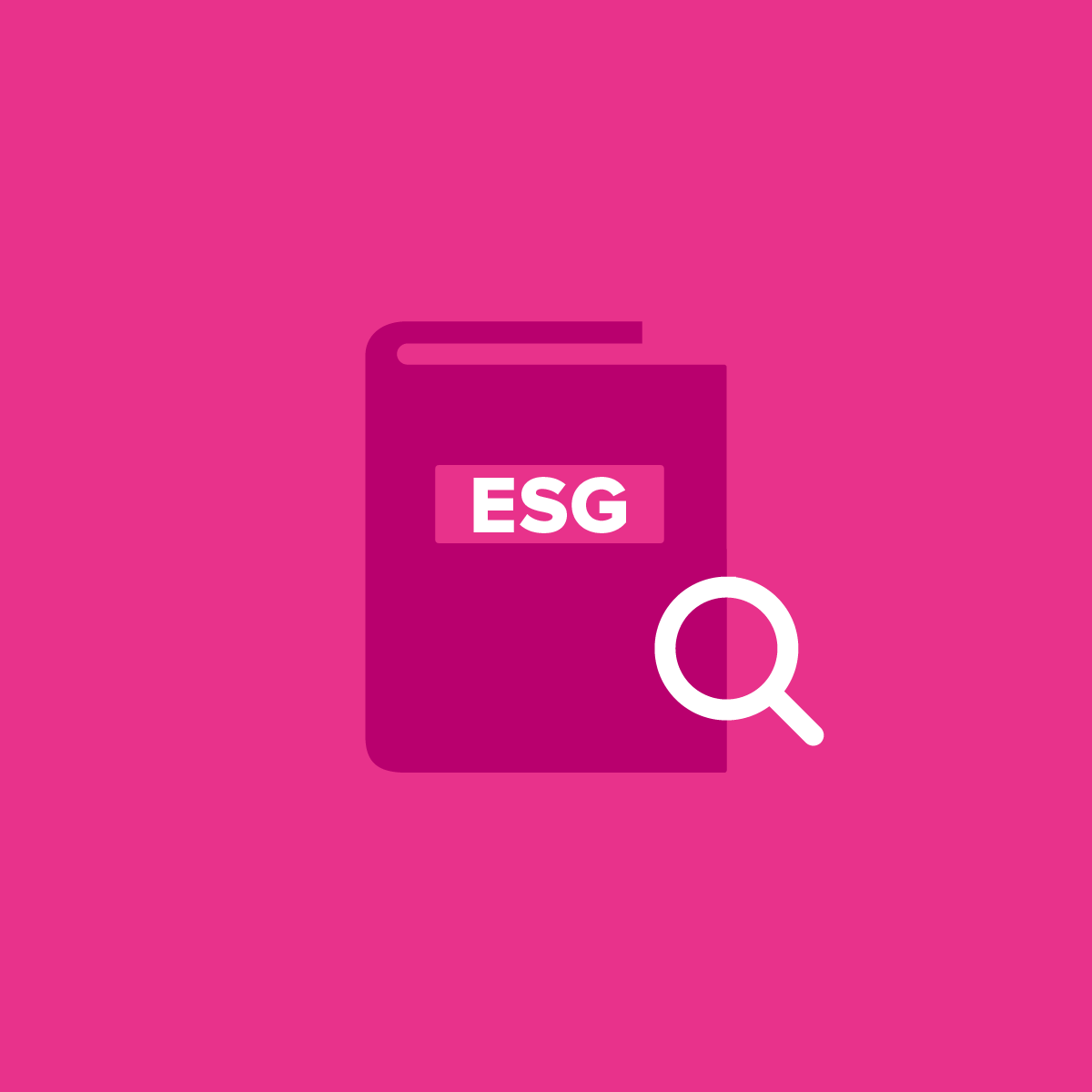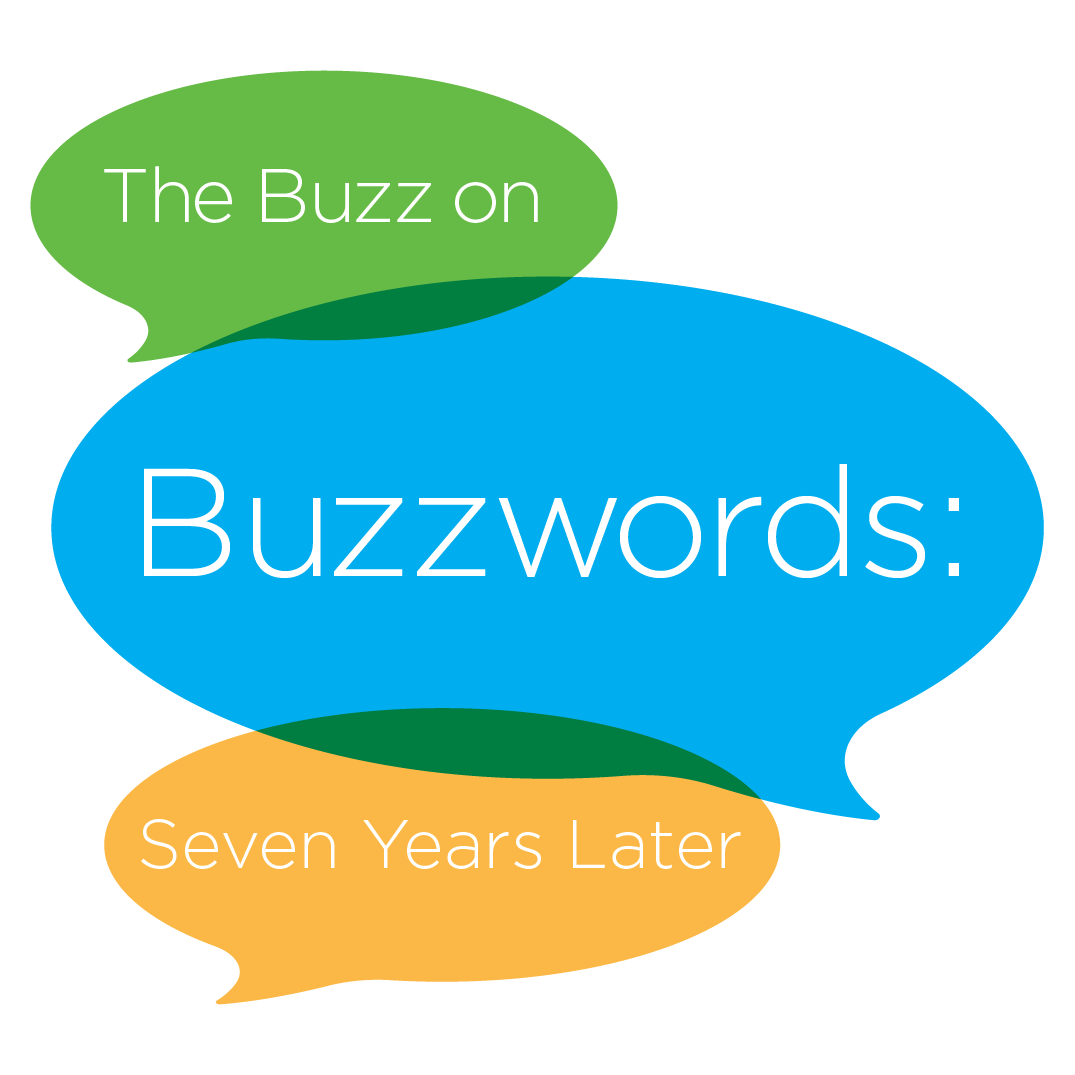Compliance is a wasted opportunity
Shelton Stat of the Week
75% of people in America are interested in hearing from companies about their GHG emissions reduction efforts, and 58% say their opinion of a company would improve if they knew the company was a leader in GHG emissions reduction.
— Eco Pulse®, 2023 (Global)
What is CSRD?
The Corporate Sustainability Reporting Directive (CSRD) expands the scope of the EU’s Non-Financial Reporting Directive (NFRD), which has been in effect since 2014. CSRD uses the European Sustainability Reporting Standards (ESRS) as a framework by which companies disclose relevant data. Its objective is to provide companies with precise guidelines on reporting requirements to ensure disclosed information is validated, comparable and relevant.
The CSRD is the first ESG disclosure law that mandates double materiality. Companies will need to assess and disclose impacts from two directions: how sustainability topics impact company financial health and how company operations affect nature, climate and communities.
Thinking about CSRD as a compliance exercise? You’re missing a big opportunity.
If you work in sustainability or sustainability communications (and you likely do if you’re reading this), you’re probably familiar with the looming regulations related to ESG disclosures. In short, the EU has upped its game and the SEC likely will soon, too. Around 50,000 companies are estimated to be subject to the EU’s Corporate Sustainability Reporting Directive (CSRD) in 2025, reporting on 2024 data. And if you’re a supplier to those kinds of companies, expect more and more requests for ESG data to start coming your way early next year.
That’s not a lot of time to get your house in order.
And “getting your house in order” is a terrible opportunity to waste.
In truth, CSRD and other ESG-related regulations may be the best thing that ever happened to your company. Now, that’s not how most people look at it. Most folks see a crushing pile of work to be done. And, yes, CSRD compliance requires unearthing, reporting on and, ultimately, managing thousands of datasets across environmental, social and governance topics that are scattered across various departments. In other words, it’s often not easy to find the data and, in many cases, it may not exist.
Strangely, many companies are turning to big accounting firms to help manage the process – likely because CSRD does require sustainability statements to be included in management reports (i.e., annual reports). The challenges with that approach are two-fold:
- Unlike financial data that is uniform in global currencies with universally accepted methodologies (like GAAP), sustainability data has layers of heterogeneity and varying complexities across many topics, such as climate, water, biodiversity, waste, circularity and social impact (so there’s not a simple formula).
- And the last time I checked, accounting firms don’t have a lot of bench strength in the technical experience required to appropriately collect, manage, quality-check, report on and gain strategic insight from the kind of granular environmental and social data CSRD mandates.
And this is where “it’s the best thing to happen to your business” comes in. CSRD really shouldn’t be viewed as just an accounting compliance exercise; it’s an opportunity to differentiate your company and gain a competitive advantage via superior sustainability performance that’s underpinned by high quality sustainability data. CSRD will provide reliable and comparable sustainability data that investors and customers will use to make investment and buying decisions, creating winners and losers.
So why does that matter? Even today, sustainability reporting is still a little like the Wild West. It’s really difficult to compare one company to another in the same sector, because companies have a lot of latitude about which reporting frameworks to follow, some of the data is self-reported, and it’s often not verified by a third party (which will be required with CSRD). If you’re an investor, how do you tell which companies are doing a better job of managing environmental and social risk and are, therefore, the better investment? If you’re an employee looking to make your next move, how do you know which company is the better actor, really? And if you’re a customer or consumer, how do you tell which company/brand is truly aligned with your values so you can put your wallet where your values are? (And according to Shelton Group’s Pulse research, 27% of Americans can indeed name a product they have purchased or not purchased because of a company’s environmental record).
With the support of a management consulting firm entirely focused in ESG, like ERM (which we’re now a part of), you can approach CSRD as a business transformation exercise – not just a compliance exercise – and position your company ahead of the pack, ultimately attracting more investors, customers and employees.
To fully leverage that approach from an ESG marketing communications perspective, here’s what you should bake into your CSRD approach:
- While you’re doing double materiality and your ESRS gap assessment, also conduct a white space exercise, where you plot what your stakeholders want to hear about (based on primary market research) against what your competitors are talking about (in their reporting and digital and social properties). This will reveal opportunities to own a space that’s different from the rest of the pack and point you to what aspects of your story you should lead with.
- As you’re setting targets & metrics and the roadmap to achieve them, craft a strong sustainability narrative that brings your unique position and value proposition to life. This narrative should be compelling/emotionally appealing and fit hand-in-glove inside your brand narrative.
- As you’re deploying data management systems, create a communications plan for fully leveraging the story with current employees, prospective employees, customers/consumers and investors.
- While you’re building your report, start building and deploying ongoing communications via social and digital advertising, thought leadership activities, earned media and internal comms channels (remember, reporting is reporting; communications efforts take what you’re reporting on and turn it into compelling, accessible stories that can drive stakeholder preference and sales.)
Of course, if you want to dive into how to do all of this, you can reach out to us anytime. And for more about how to approach CSRD as an opportunity to reframe your organization’s growth strategy and recast your purpose through a sustainability lens, connect with our colleagues at ERM and download their free resources here and here.

— Forbes
CSRD reporting requirements will take substantial time and data collection systems to align with. The time to start developing these systems is now. In this Forbes article, the phased approach to CSRD and the ESG reporting impacts on companies around the world are explained.

— Reuters
With change always comes controversy. Some companies that believe they have been ESG leaders might be worried they won’t be any more under the new CSRD requirements. This Reuters piece covers a brief statement from Puma’s head of sustainability on his fears that CSRD requirements might be going too far.
Buzz On Buzzwords
Find out what Americans think about sustainability, what different “green” words mean to them and how they interpret and respond to the jargon you may be using.


-
-
-
-
-
-
-
-
-
-
-
-
-
-
-
-
TAGS:Efficiency & Conservation, Environmental Issues